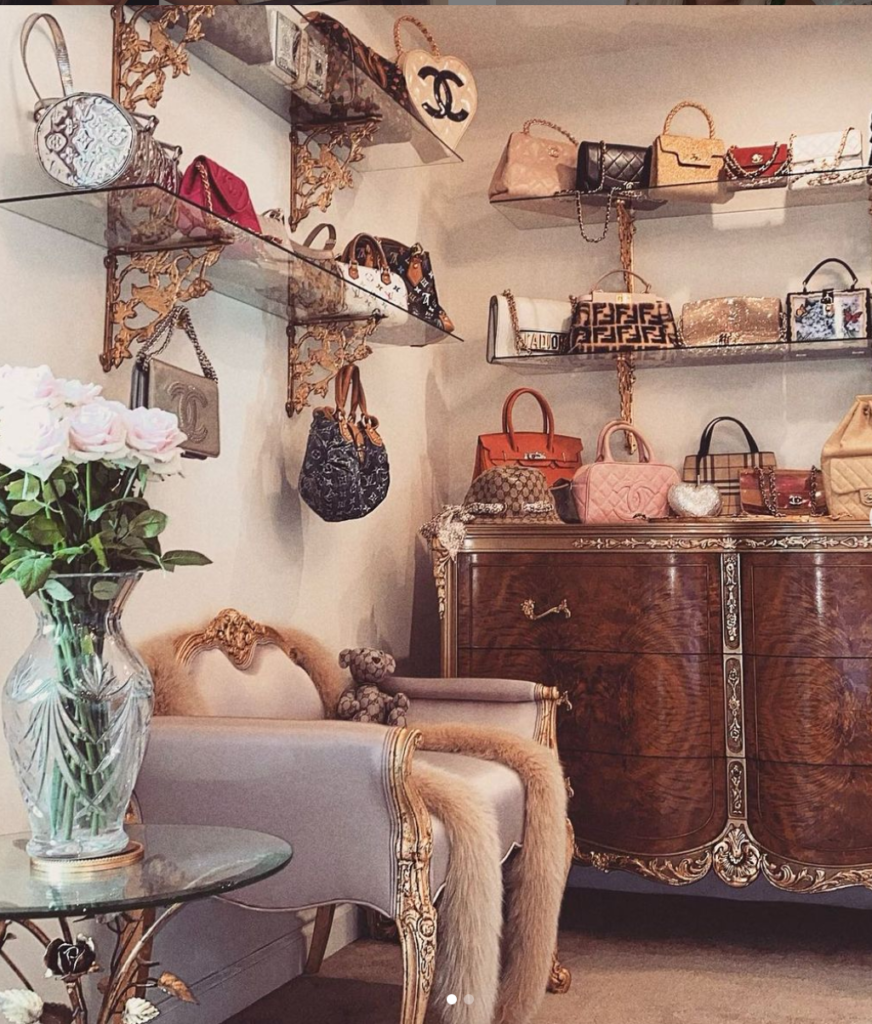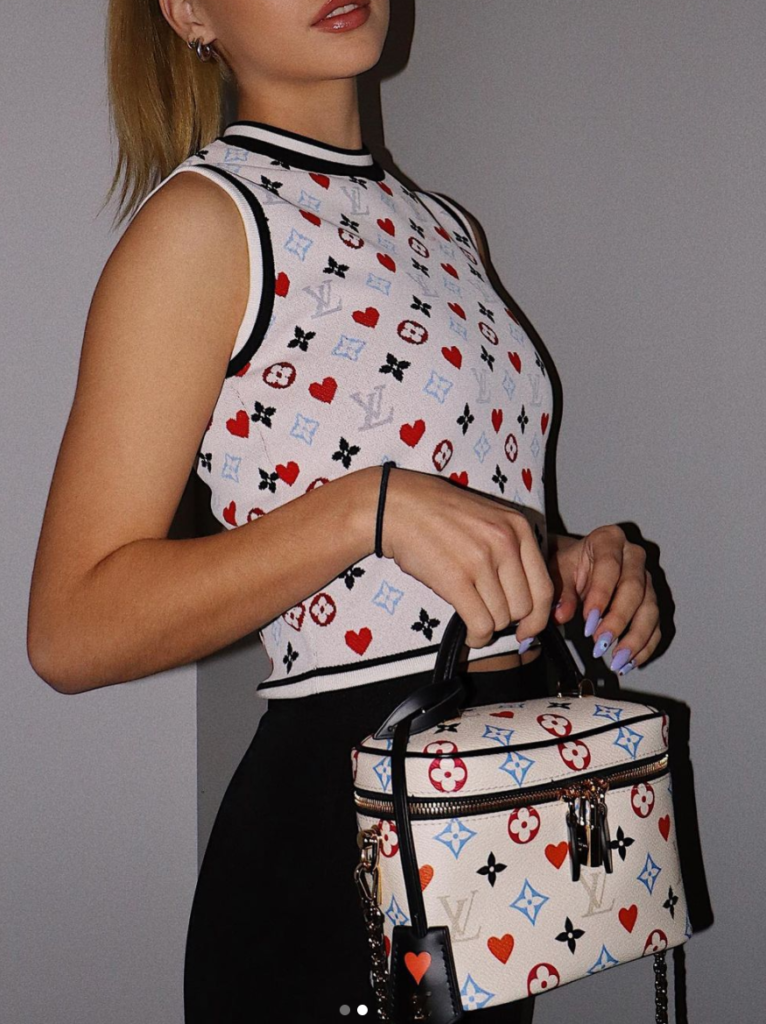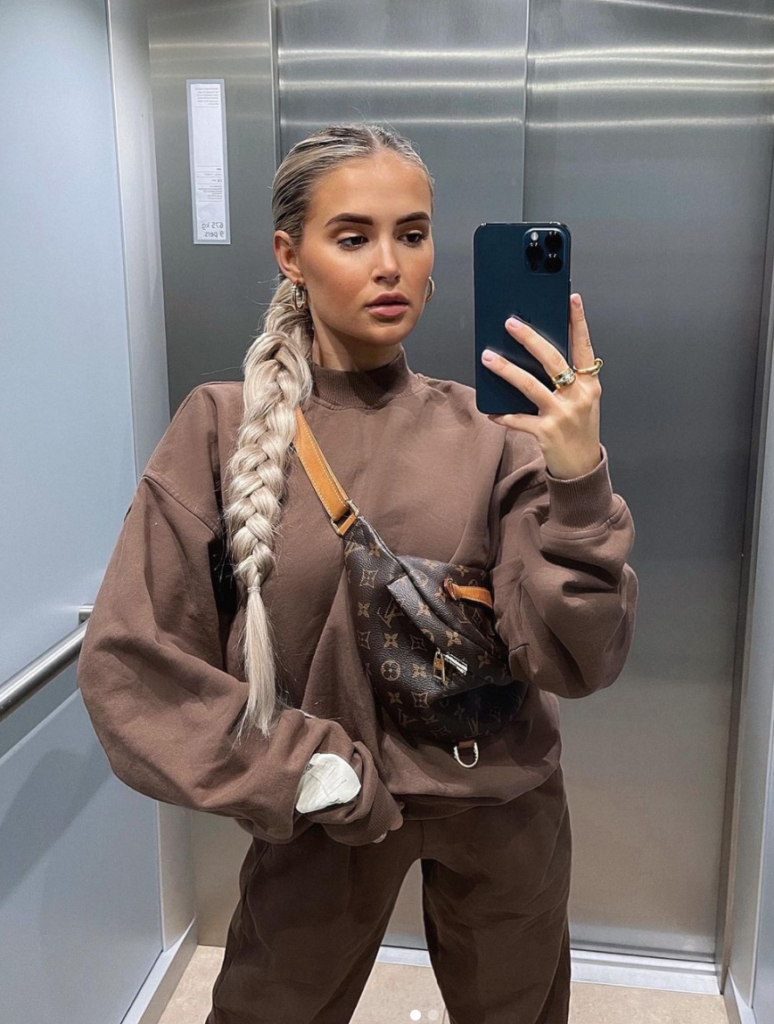
Can influencers stop pretending designer goods are affordable? They’re not
Designer brands are a luxury for a reason
The biggest splurge of my week as a student is when I decide to treat myself to a cupcake from Mimi’s. For many of us, shopping at anywhere other than the holy trinity of Sainsbury’s, Aldi and Lidl seems like unnecessary spending.
Whilst some students might have time to have a part time job, for many, waiting for our allowance or student loan to appear in our bank account is the only access to money we have. By the time we’ve done the weekly food shop, phone bills and flat costs there isn’t that much left to freely spend.
Yet in seems the moment you log onto TikTok, YouTube or Instagram, there are hordes of young influencers who are sporting luxury goods from that Vivienne Westwood necklace, Cartier rings and even the infamous strawberry dress. The narrative is clear: designer goods are seen to be more accessible than ever and young people are expected to follow this trend.

Via Instagram @emilia.nia
In the past, luxury goods were seen only in films or on the personage of Hollywood stars. They didn’t need to market themselves as their real value was seen in the exclusivity of such goods. Nowadays they still seem to market themselves, with influencers such as Molly Mae, Addison Rae, Emma Chamberlain and Sierra Furtado regularly sporting designer goods.
And these influencers have real power to determine trends. Searches for the ‘strawberry dress’ peaked in August of 2020, and searches rose by 90 per cent in one month, an increase largely responsible by TikTok.

Via Instagram @amberscholl
This display of luxurious materialism also seems to clash with the image that these influencers put out. For example, Emma Chamberlain rose to fame on account of her ‘relatability’ and yet what’s so relatable now about sporting an all-Louis Vuitton outfit? As such it now seems relatively normal to have an all-designer closet.

Via Instagram @emmachamberlain
Transparency is also an issue here. As a society we don’t like talking about how much things cost or how much we earn but we have a good grasp on the fact that some jobs earn more than others. However in the realm of influencers it is hard to gauge how much many of them earn, and what exactly they’re doing to earn that money.
As social media is their job, all the audience of young people sees are that looking pretty and having a nice Instagram feed will allow you to buy all of these designer goods. Whereas in reality, young people barely have enough money to get a Starbucks, let alone splurge on a designer bag that costs as much as tuition fees.

Via Instagram @mollymaehague
Influencers portray that everything must be designer. You wouldn’t see Molly Mae wearing an Oxfam charity shop find, or using an Aldi bag for life to put her shopping in. It would appear that designer is best, and everything else just is not. But that’s simply not true.
Whilst price does sometimes reflect quality, young people shouldn’t be made to feel inadequate for buying something for its purpose and not the aesthetic. Influencers need to be clearer with their young audience where their money is coming from, how much they make, and put emphasis that you don’t need to instantly spend money on designer goods to feel fulfilled.
Their lifestyles make the luxurious appear attainable, when in reality it is anything but.
Cover image: via Instagram @mollymaehague, @sophiatuxford and @cinziabayliszullo
Related articles recommended by this writer:
• We asked 15 people why they’re unfollowing influencers, and Dubai isn’t the only reason
• Quiz: What type of influencer would you be?
• Fake designer goods are everywhere: here’s how to avoid being mugged off









































